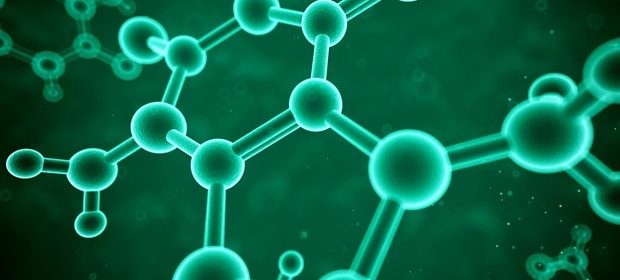Real-Time PCR: An Overview

Real-time PCR or quantitative PCR (Polymerase Chain Reaction) is an advancement of the standard PCR technique, which enables continuous monitoring of the reaction and collection of data in real time. Using real-time PCR, reliable quantitative data regarding the amplified nucleic acids can be gathered easily and rapidly.
Real-time PCR keeps track of the progress of the reaction as it occurs. Data is collected during the entire PCR process, unlike standard PCR where measurements are made at the end of several reaction cycles.
Real-time PCR technique completely changes the way PCR-based DNA or RNA quantitation is done. In real-time PCR, data collection starts as soon as target amplification is first detected, unlike in traditional PCR where data can be collected only after a certain number of PCR cycles are over.
Principle of Real-Time PCR
In real-time PCR, the real-time monitoring of the reaction is achieved with the help of a fluorescent molecule added to the PCR components. This molecule exhibits a fluorescence signal that is proportional to the amount of DNA or RNA amplified during the reaction. Fluorescently labeled sequence-specific probes or primers and dyes that are capable of binding with DNA are usually employed in real-time PCR.
Real-time PCR also makes use of special thermal cyclers that can detect fluorescence and thus can monitor the increase in fluorescence as the reaction progresses. The amount of amplified nucleic acid in each cycle can be calculated by measuring the fluorescence at the end of that cycle. The higher the initial copy number of the target nucleic acid, the sooner a visible increase in fluorescence is seen. Thus, real-time PCR enables both quantitative and qualitative estimation of nucleic acids generated during the PCR process.
Fluorescent Dyes, Primers, and Probes Used in Real-Time PCR
DNA-binding dyes
SYBR® Green is a commonly used DNA-binding dye in real-time PCR. The fluorescence of SYBR® Green increases 1000-fold after binding to double stranded DNA. Therefore the fluorescence signal increases exponentially as the target DNA is amplified.
Fluorescent primers and probes
Primers and probes used in real-time PCR follow the same principles and are more specific compared to DNA-binding dyes. Primers and probes use fluorescence quenching to make sure that fluorescence is detected only when the product of interest is amplified.
Usually, a reporter fluorophore is used to label the primer or the oligonucleotide probe. The fluorescence of this fluorophore is quenched in the absence of the specific target DNA sequence, thus boosting specificity.
Advantages of Real-Time PCR
Real-time PCR has many advantages over traditional PCR. Some key benefits of real-time PCR are listed below:
- Real-time PCR enables researchers to take a direct look in to the reaction as it progresses and accumulate data in the exponential growth phase of the chain reaction.
- The results of real-time PCR can be analyzed without using complex electrophoretic methods, thus resulting in increased throughput and reduced overall experiment time compared to that of normal PCR. A simple melt curve analysis is sufficient to analyze the amplification products of real-time PCR.
- The data obtained from real-time PCR can be used for a complete quantitative analysis of gene expression in each cycle, unlike traditional PCR where only a semi-quantitative analysis is possible.
Applications of Real-Time PCR
Thanks to its ability to gather data in the exponential growth phase of PCR, real-time PCR finds use in several novel applications where traditional PCR would not have been as effective.
Some of the key application areas of the real-time PCR technique are listed below:
- Quantitation of gene expression
- Verification of arrays
- Viral quantitation
- Measuring the efficacy of drug therapy
- Detection of pathogens
- Measurement of DNA damage
- Quality control and validation of assay
- Genotyping
References
- http://www.ncbi.nlm.nih.gov/probe/docs/techqpcr/
- http://www.primerdesign.co.uk/assets/files/beginners_guide_to_real_time_pcr.pdf
- http://www.ncbi.nlm.nih.gov/pubmed/11846608
- http://www.gene-quantification.com/real-time-pcr-guide-bio-rad.pdf
Further Reading
- All Polymerase Chain Reaction Content
- The Polymerase Chain Reaction
- Polymerase Chain Reaction Applications
- Digital PCR and Traditional PCR: What’s the Difference?
- History of Polymerase Chain Reaction (PCR)
Last Updated: Aug 23, 2018

Written by
Susha Cheriyedath
Susha has a Bachelor of Science (B.Sc.) degree in Chemistry and Master of Science (M.Sc) degree in Biochemistry from the University of Calicut, India. She always had a keen interest in medical and health science. As part of her masters degree, she specialized in Biochemistry, with an emphasis on Microbiology, Physiology, Biotechnology, and Nutrition. In her spare time, she loves to cook up a storm in the kitchen with her super-messy baking experiments.
Source: Read Full Article